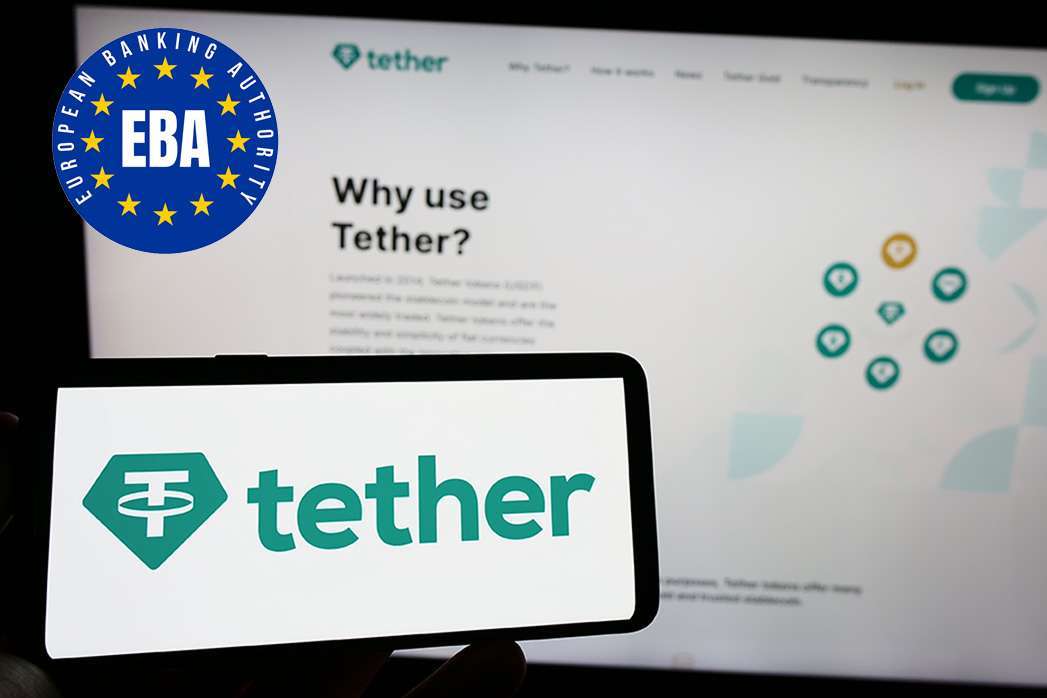MiCA vs Tether: What Europe’s Stablecoin Shake-Up Really Means
The crypto industry enters a new chapter as the European Union rolls out its much-anticipated MiCA (Markets in Crypto-Assets) regulation. One where compliance is no longer optional, and some familiar names are suddenly missing from the roster.
Among them? Tether’s USDT — the world’s most traded Stablecoin – is now being delisted from several European exchanges, not for lack of popularity but because it no longer meets the game’s rules.
So what’s behind the shift, and what does the future hold for digital assets in Europe?
The MiCA Structure and Speculation
MiCA isn’t just another policy update. It’s a comprehensive regulatory framework designed to bring transparency, accountability, and consumer protection to Europe’s fast-growing crypto market.
At the heart of this regulation are new standards for Stablecoins: digital assets designed to hold their value against fiat currencies like the euro or dollar.
Under MiCA, Stablecoins must:
- Be backed by fully transparent, liquid reserves on a 1:1 basis.
- Maintain operational safeguards to ensure funds can be redeemed at any time.
- Receive prior authorisation from EU regulators before circulating in the market.
- Limit their market impact if they grow too large, with additional oversight.
It’s an ambitious shift that aims to stabilise a market often defined by volatility.
Why Tether’s USDT Is Getting Delisted
Tether’s USDT may dominate globally but has issues aligning with MiCA’s strict requirements. Questions around its reserve composition and past transparency practices have long followed the Stablecoin, and now, they’re proving incompatible with EU rules.
Exchanges are also responding accordingly, with firms like Crypto.com & Kraken.com already stopping USDT purchases for European users. At the same time, Coinbase has announced its intention to delist any Stablecoin that doesn’t meet MiCA standards.
“Tether’s delisting isn’t about popularity — it’s about meeting the game’s new rules.”
Tether criticised this move, calling it rushed and potentially disruptive to users. Still, the direction is clear: the EU wants compliant, well-audited assets in its ecosystem and isn’t waiting around.
The Bigger Picture for Europe’s Crypto Landscape
MiCA is widely viewed as a landmark regulation from a major economy- the first of its kind. By creating clear rules, the EU hopes to attract responsible innovation, reduce consumer risk, and strengthen crypto’s long-term viability within its borders.
But it’s not without challenges.
Start-ups and smaller firms may struggle to meet compliance costs. Some global players may choose to shift operations elsewhere. And the early days of MiCA’s rollout could create market friction, particularly as exchanges adapt and Stablecoin availability narrows.
Yet, for many, this is a necessary evolution. A more transparent, predictable regulatory environment could lead to greater confidence, broader adoption and a more mature European crypto market.
A Defining Moment
Tether’s delisting is more than just a headline; it marks a turning point. For years, the crypto world operated mainly on its terms. Now, at least in Europe, the rules are changing.
The MiCA framework brings new demands and new opportunities. It’s a chance for the digital asset space to prove that it can scale responsibly and for Europe to build a safer, more reliable financial future powered by Blockchain technology.
“MiCA is more than policy — it’s a statement that Europe is ready to lead in responsible crypto innovation.”
Image Source: Adobe Stock
Disclaimer: This article is purely for informational purposes. It is not offered or intended to be used for legal, tax, investment or financial advice.


